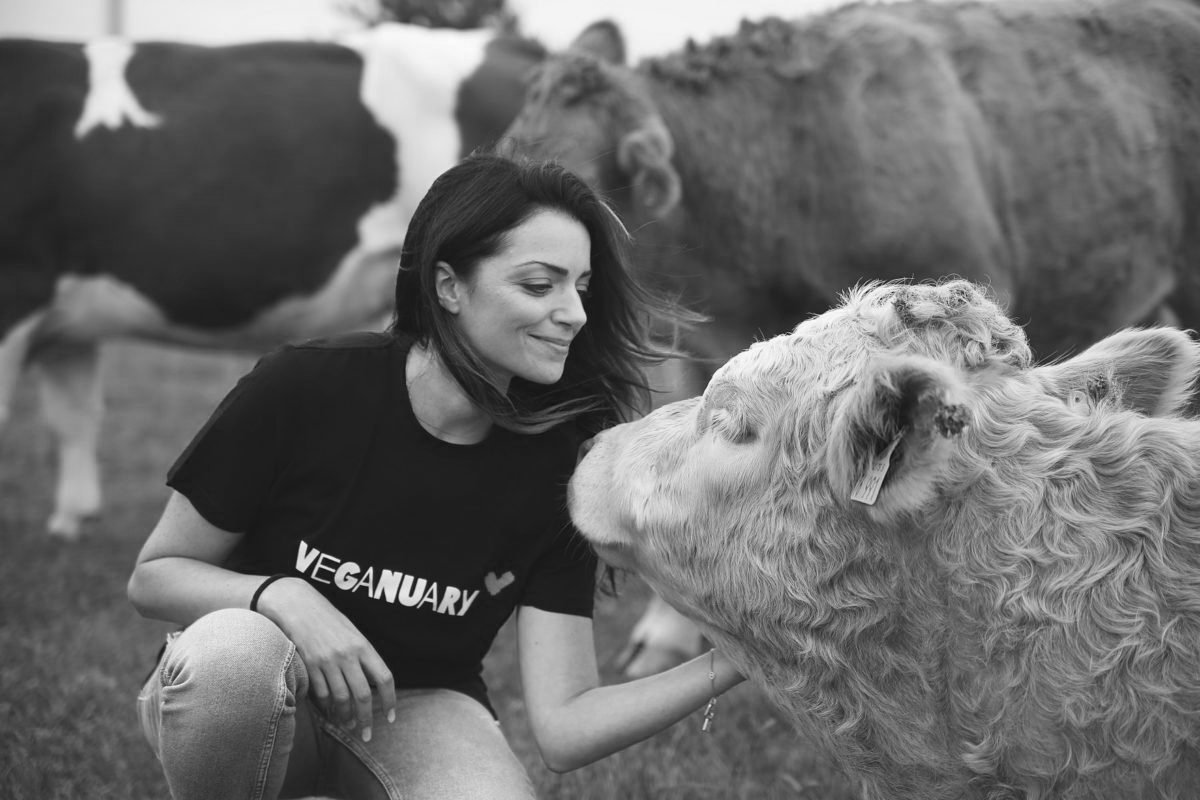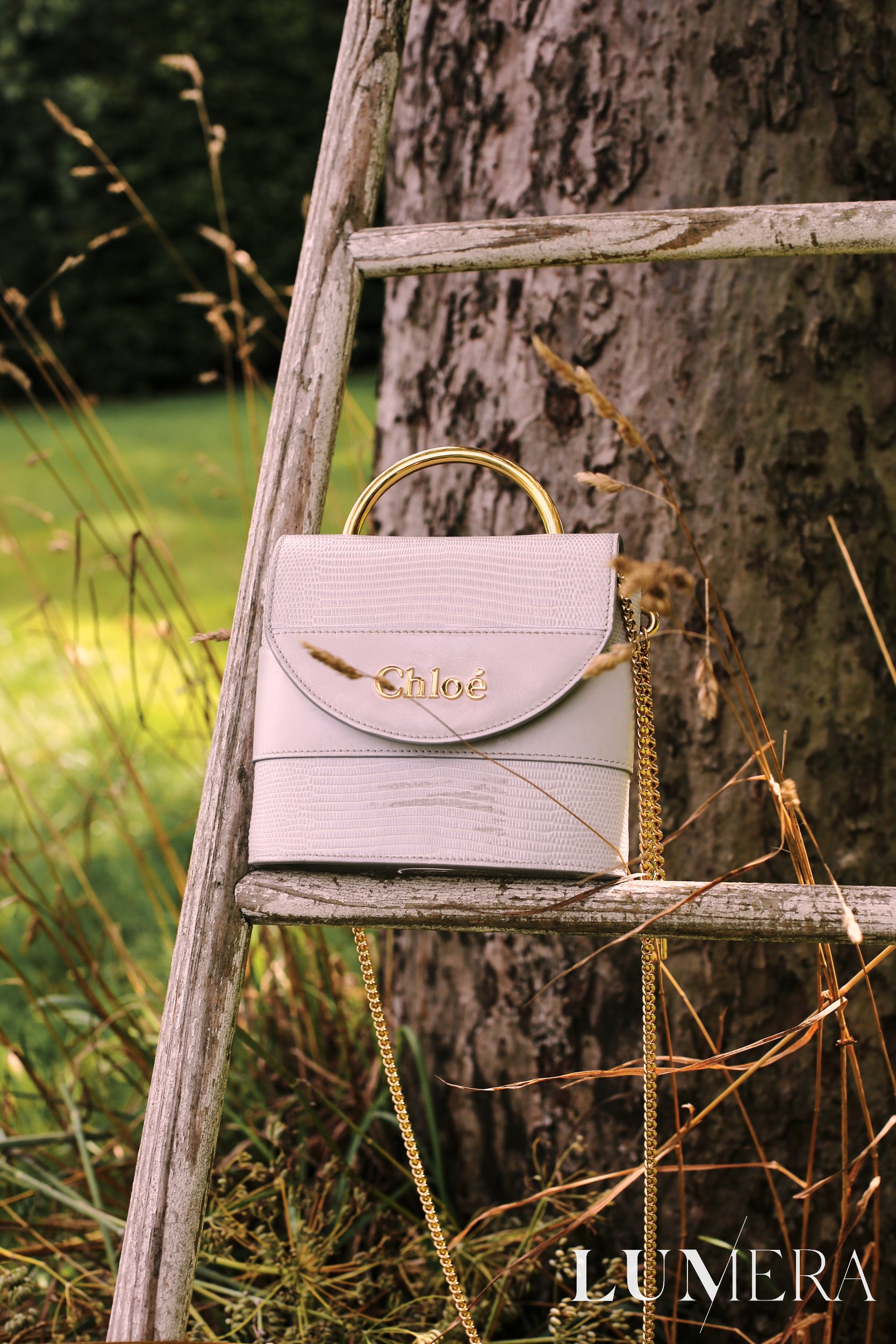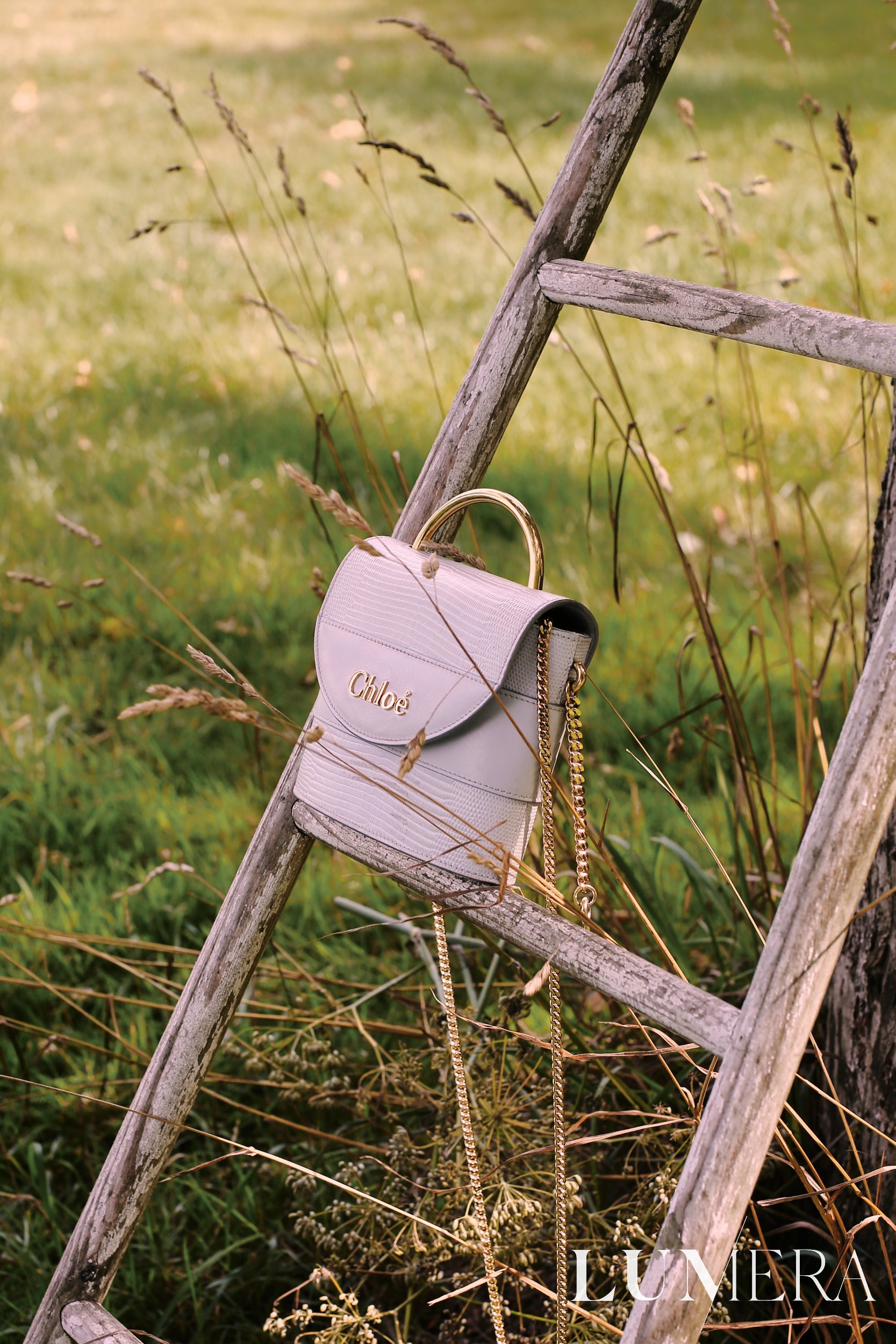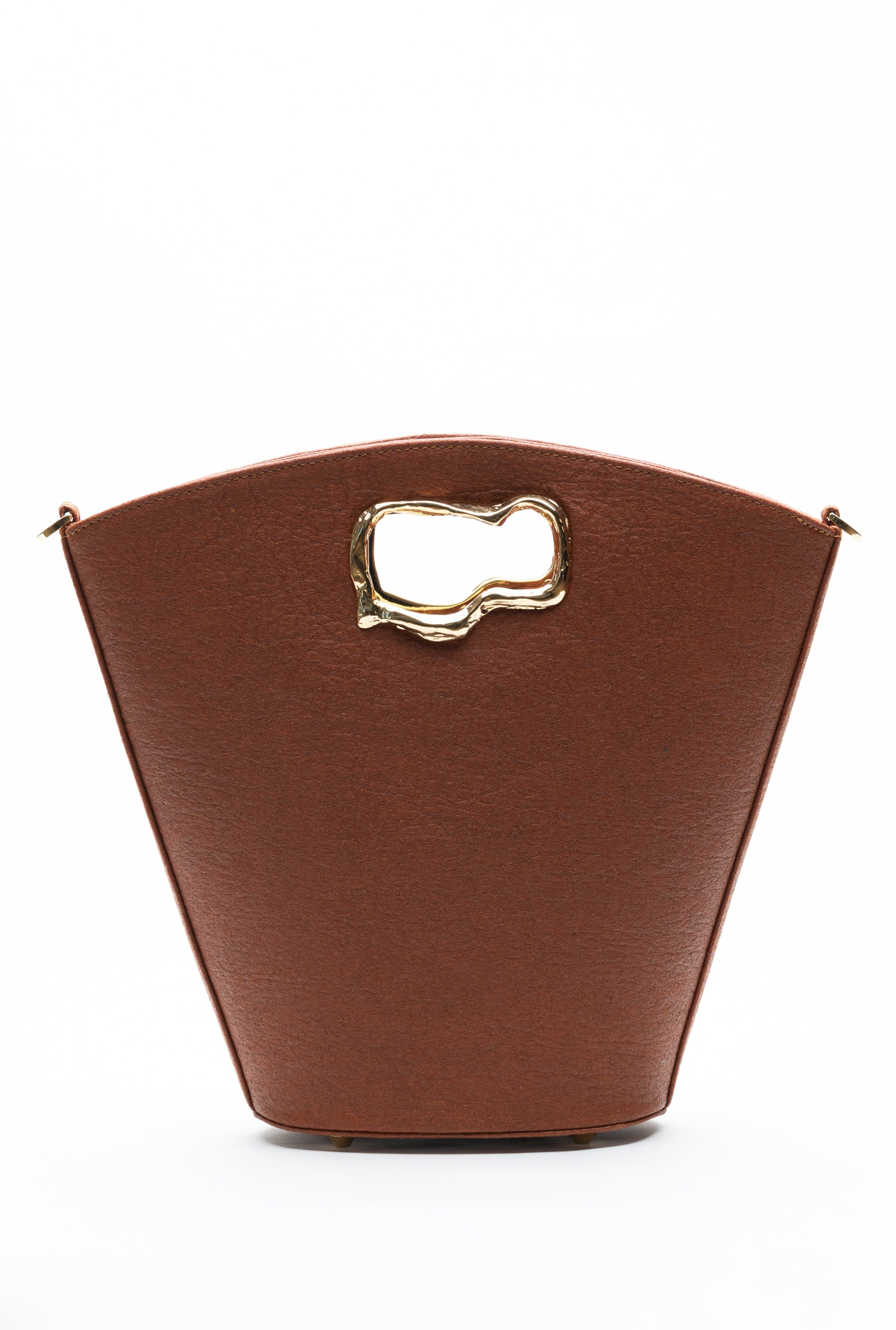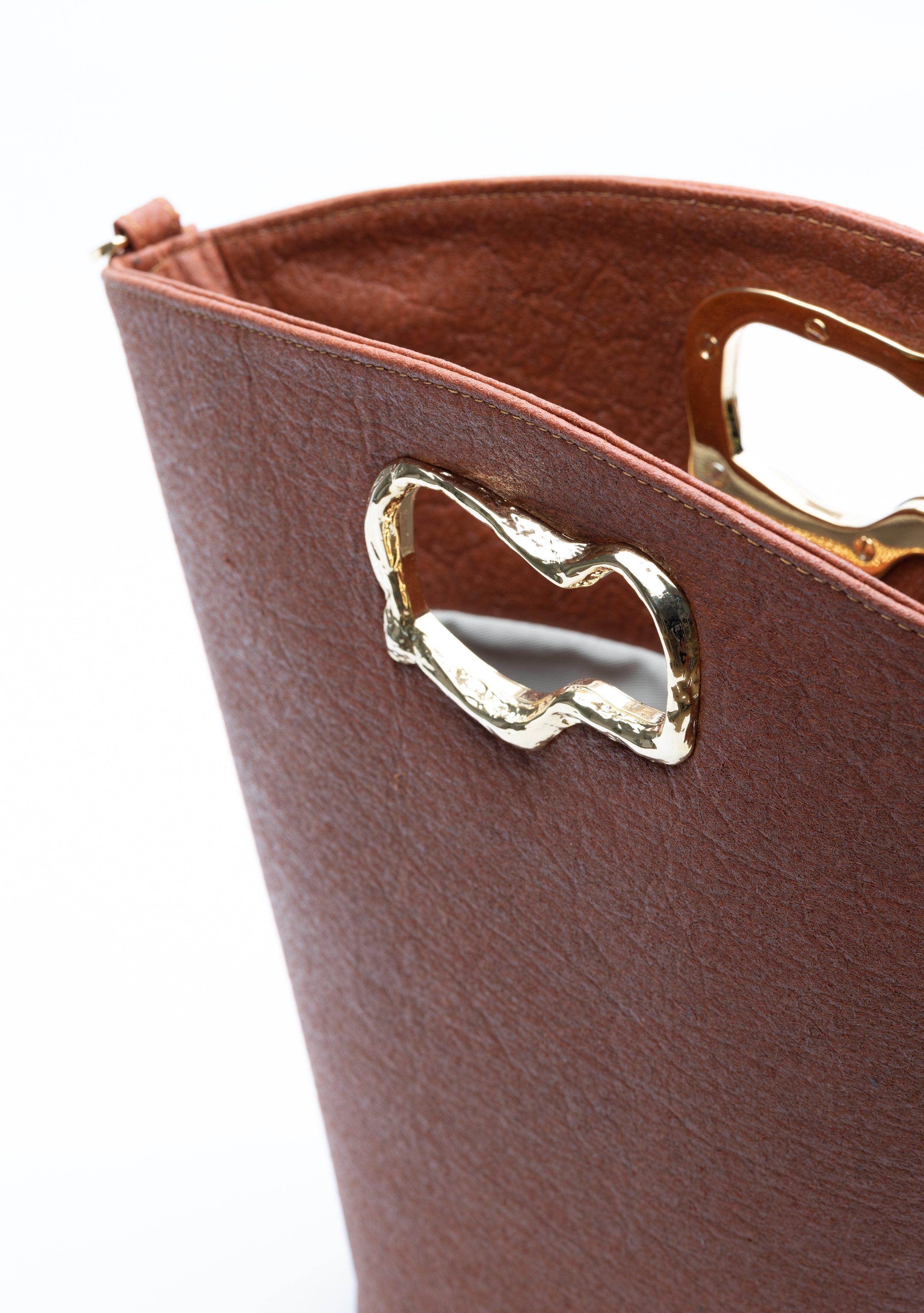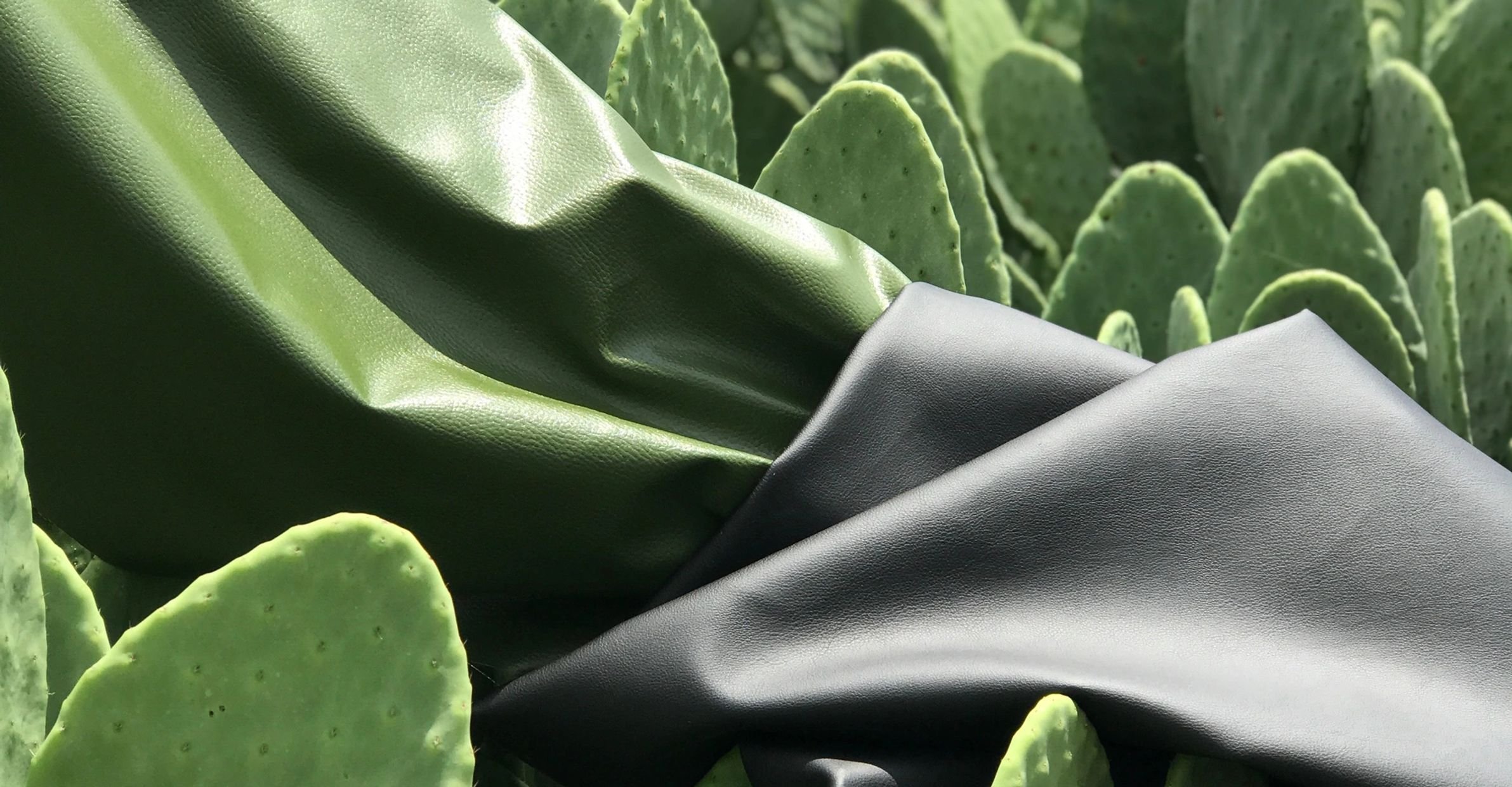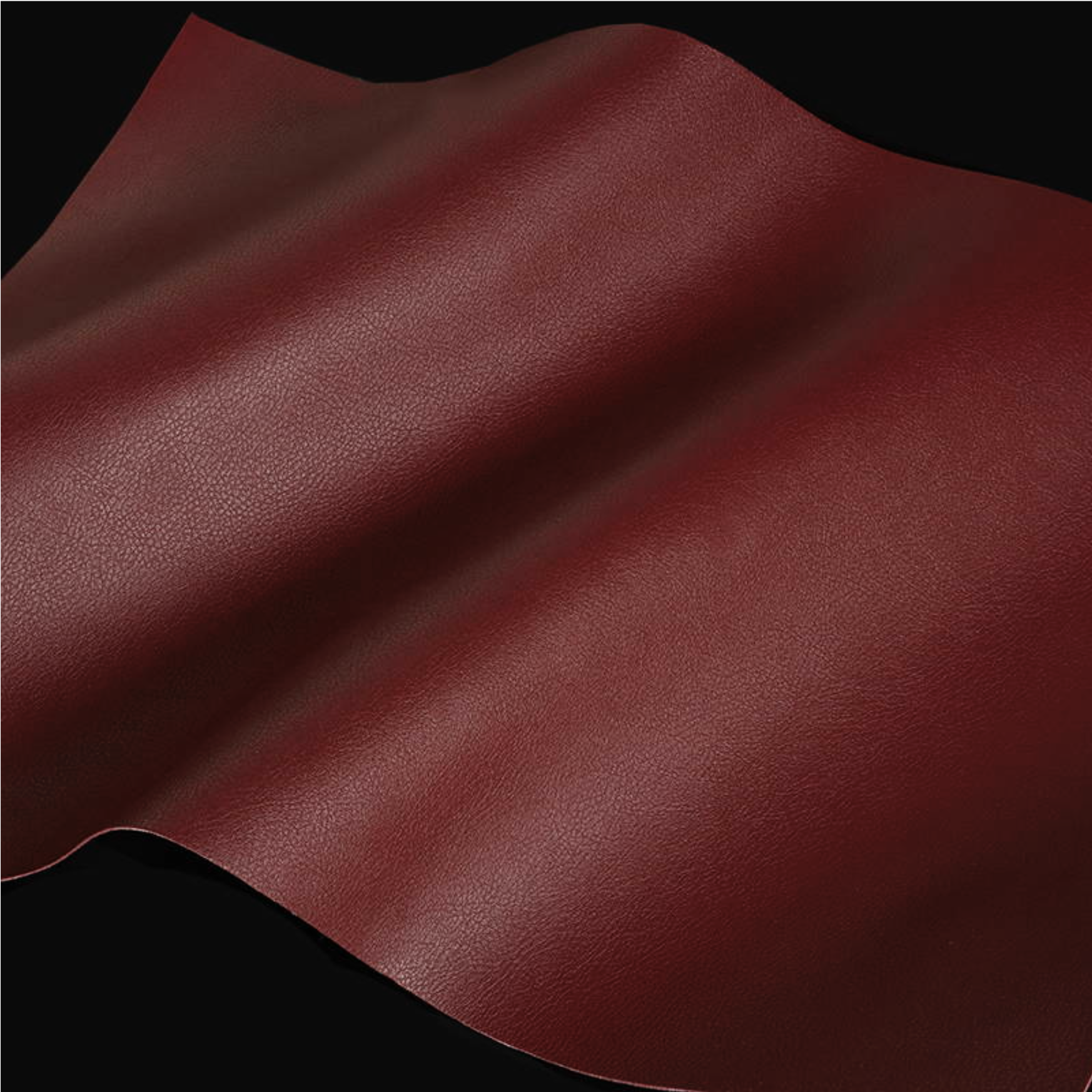Trying out Veganuary? Here’s Everything to Know about Plant-based Leather!
VEGANUARY COMES TO AN END AND THIS MONTH GOT US THINKING NOT ONLY ABOUT ANIMAL FREE FOOD AND BEAUTY OPTIONS, BUT ALSO ON HOW WE CAN AVOID ANIMAL PRODUCTS IN OUR WARDROBES. WORRIED ABOUT NOT FINDING A BUTTERY SOFT LEATHER ALTERNATIVE FOR YOUR TOTE BAG OR AN ELEGANT SUEDE FEEL FOR A CLUTCH? HAVE NO FEAR - PLANT-BASED LEATHERS ARE HERE TO KEEP YOUR WARDROBE FEELING CHIC AND YOU’LL FIND EVERYTHING YOU NEED TO KNOW IN OUR VEGAN LEATHER GUIDE!
words by HOLLY KELSEY
photographs by HOLLY KELSEY & COURTESY OF COMPANIES
What is Veganuary?
The Veganuary movement was started in 2014 by husband-and wife animal rights activist duo Matthew Glover and Jane Land to encourage people to only consume plant-based food or plant-based products for the month of January. It has been used to educate people worldwide in several industries, including fashion, beauty and food, to encourage them to embrace options that are animal free or where animals have not been harmed in any way. Based on the 2022 Veganuary campaign, it was calculated that 2.16 million animals were spared from suffering in just one month.
One question we hear over and over again in conversations about animal leather and its alternatives: are vegan-leather alternatives actually better for our environment than the real thing? Grab a cup of tea, get cosy, keep reading and find out more!
Why WOULD YOU choose vegan leather?
After the documentary Slay came out in 2022 it definitely shifted a mindset to look for alternatives to animal leather products. Slay highlights the unpleasantness involved in producing leather, which harms not only animals but also people and the environment. These are three facts that got us thinking:
01 - A lot of production is based in developing countries that do not pay workers well or have safe working conditions. Waste discharge from chemical tanneries pollutes the air, soil, and water, causing serious health problems (including cancers). A tannery in Bangladesh has now caused the Dhaka river to run black from all of the chemicals used in the leather tanning process. Give this The Guardian article a read for more details.
02 - Leather production has links to deforestation from rearing animals and creating feed for them.
03 - According to Collective Fashion Justice one leather bag made from cowhide produces 100kg of CO2 and one leather jacket produces 176kg of CO2.
Seeing the environmental and ethical issues with animal leathers makes us ask the question: is it really worth it for just a bag? This is where plant-based leather comes in as an amazing alternative! There are so many wonderful brands out there using plant-based leathers and they look just as sleek and luxurious as animal leather - without the negative impacts.
Plant-based vs. Plastic-based leather
There has always been a debate about whether faux leather products are better than animal leather products. With leather alternatives you can either get plant-based materials or plastic-based materials, you may well have heard of PVC or PU leather already. However, there is a downside to all plastic-based textiles. They shed micro-plastics and also rely on diminishing fossil fuel resources, which is why our preference is to look for plant-based leathers. And there’s a huge choice available and options are growing:
11 Plant-Based Leathers on our Radar
Mylo – is made from mycelium, which is the root of mushrooms. Created by Bolt Threads it’s grown in under 14 days in a vertical agricultural facility powered by renewable electricity.
Bananatex® - a durable fabric made only from the naturally grown Abacá banana plants.
Cork – a plant fibre that comes from the bark of cork oak trees. Once it’s been taken the trees continue to grow for another 10 years and the bark will be collected again. Some types of cork leathers can replicate the look of reptile leathers.
Piñatex – crafted from pineapple leaf yarns, created by Carmen Hijosa. One of our favourite handbag brands using this vegan leather is the UK-based Mashu. Their Cassiopeia reinterpreted bucket bag is one of the brand’s bestsellers.
Mirum® – is made from a mix of natural ingredients including cork, natural rubber, coconut fibres, waxes, biomass charcoal and plant oils. It’s made in a natural fibre welding facility powered by renewable wind energy in Peoria, Illinois, USA.
Treekind® – is created from the green waste collected from parks and gardens. Mira Nameth created the idea whilst she was walking down Kensington High Street!
Cactus leather – produced from the prickly pear cacti, which is mainly found in Mexico. No chemicals are used to produce it and the plants are watered with rain rather than an irrigation system. Cactus leather was created by Desserto founders Adrián López Velarde and Marte Cázarez. A brand that uses cactus leather for some of their timeless handbags is Thalie Paris, we love their Mia bucket bag.
MuSkin - is another type of mushroom leather but it is made from the caps of mushrooms. The soft texture of MuSkin often replicates that of suede.
Fleather -is made from floral waste through a flowercycling technology. It was invented in India by Ankit Agarwal with the idea to give the flower waste from mosques and temples a second life, as well as keeping it out of the local rivers.
Grape leather - Vegea is a company that produces grape leather sourced from the harvest waste of wineries in Northern Italy. The waste is collected, then processed and mixed with vegetable resins.
Apple leather - is created from the seeds, skins and cores of apples that are would ‘otherwise’ have been discarded by apple harvesting. The apple waste is dried and ground in powder which is then turned into a leathery sheet. The only downside of apple leather is that a high percentage of plastic has to be added to make the material durable. Due to it’s durability it’s especially popular in footwear, like the New York based brand Sylen. We especially like their vegan boots.
Milestones for plant-based leather
In 2021 Hermès started production of the ‘Victoria’ bag in a type of mushroom leather known as ‘Sylvania’. Stella McCartney has always triumphed in the innovative search for sustainability; many of her products are made from Bananatex, Vegea, Mylo and Mirum.
Obviously choosing plant-based leathers is not just for January but wonderful for all year round. While many of the vegan leathers are in the developing phase, we’re also looking to buy vintage and secondhand leather goods in the meantime. Plant-based leathers definitely have a starring role in the future of fashion and we can’t wait to see what new types of leather alternatives are yet to come out.


